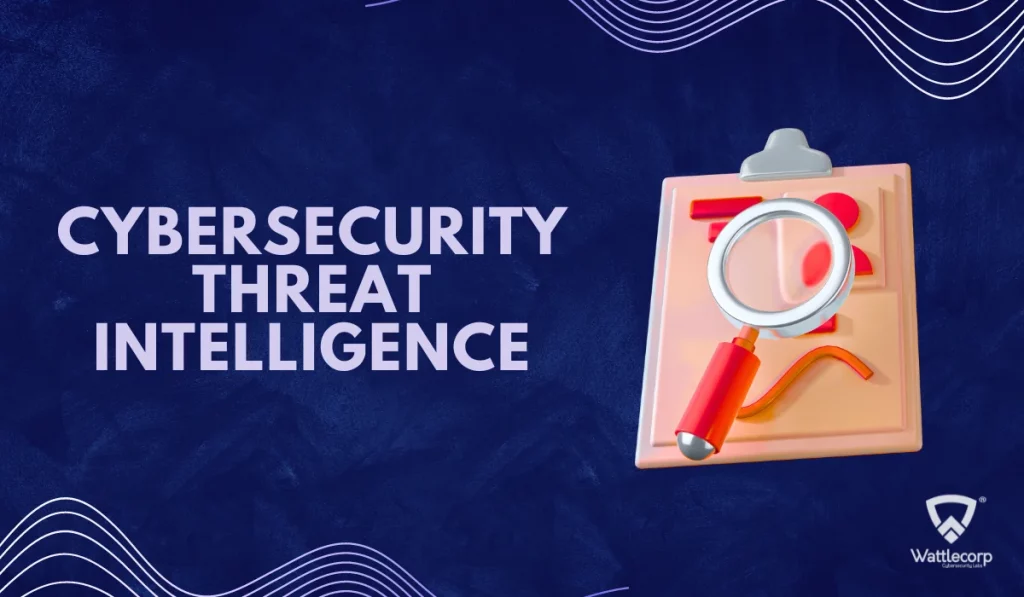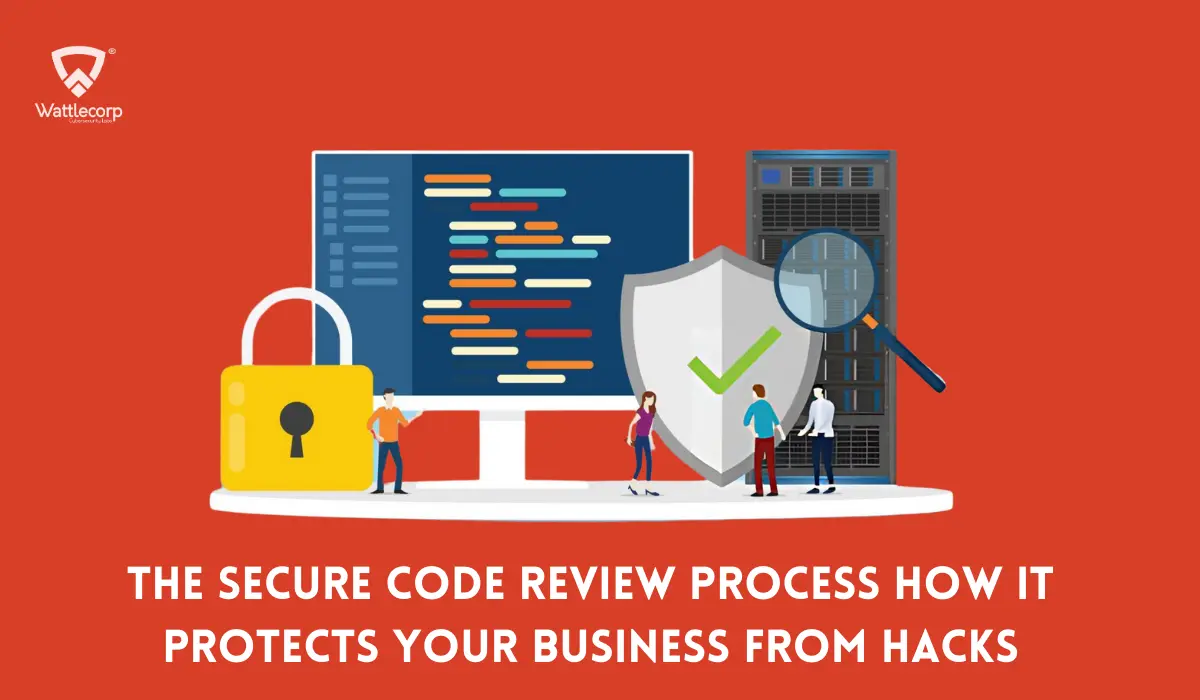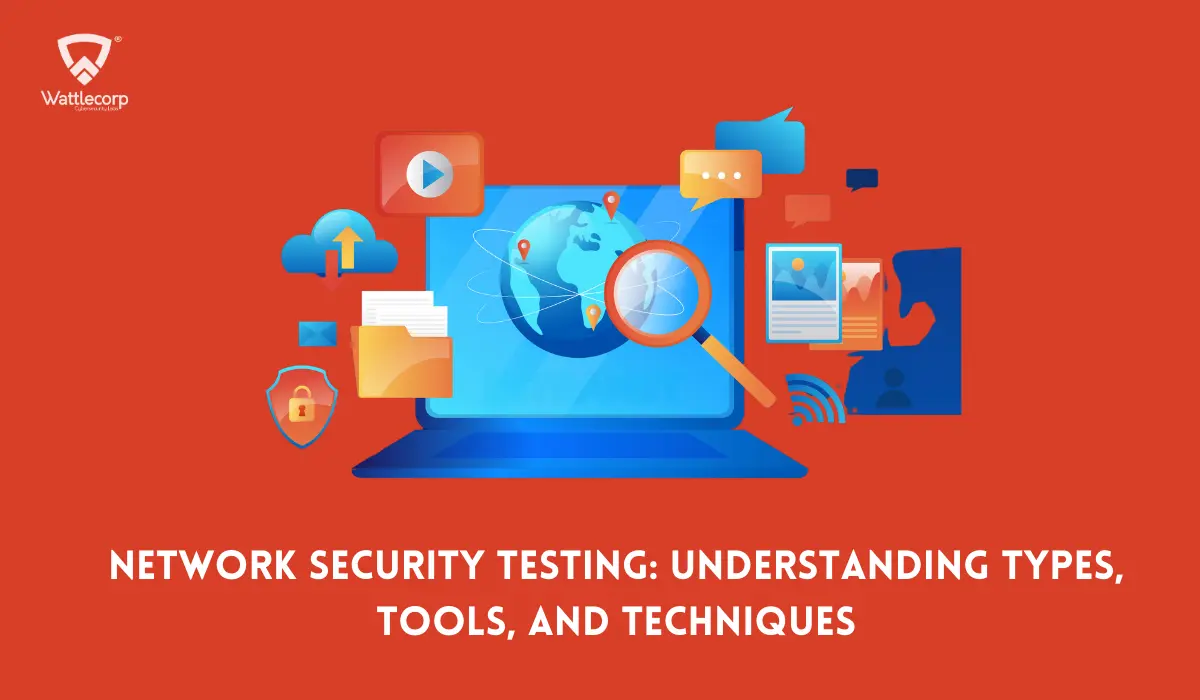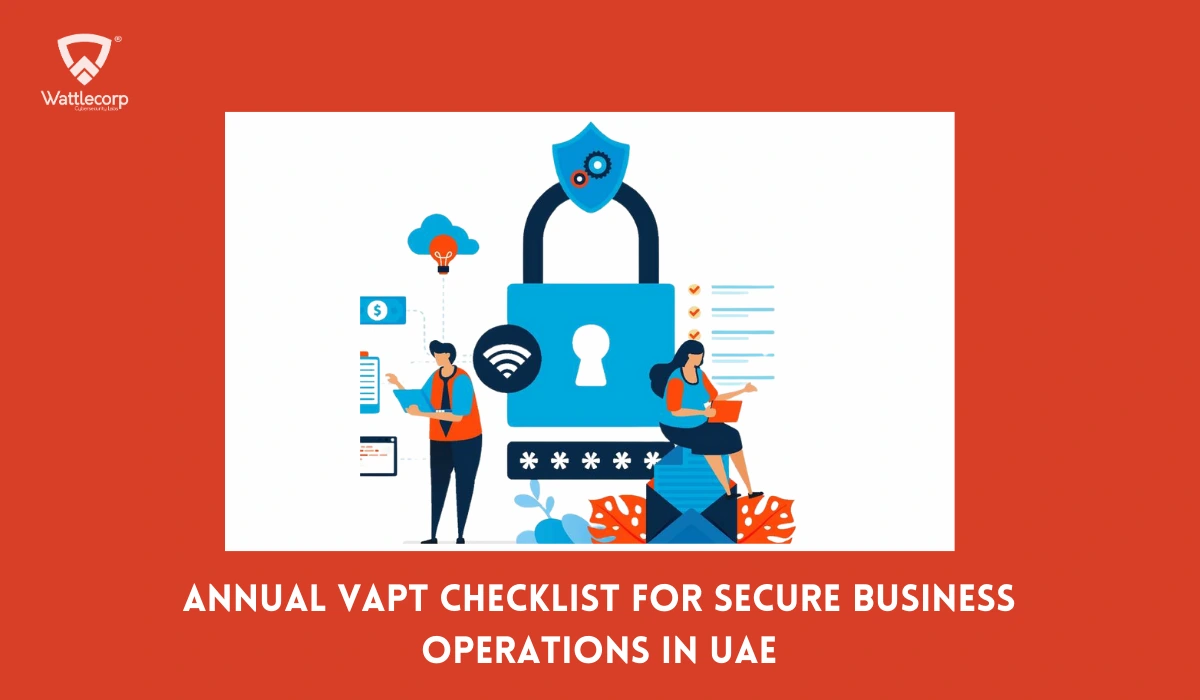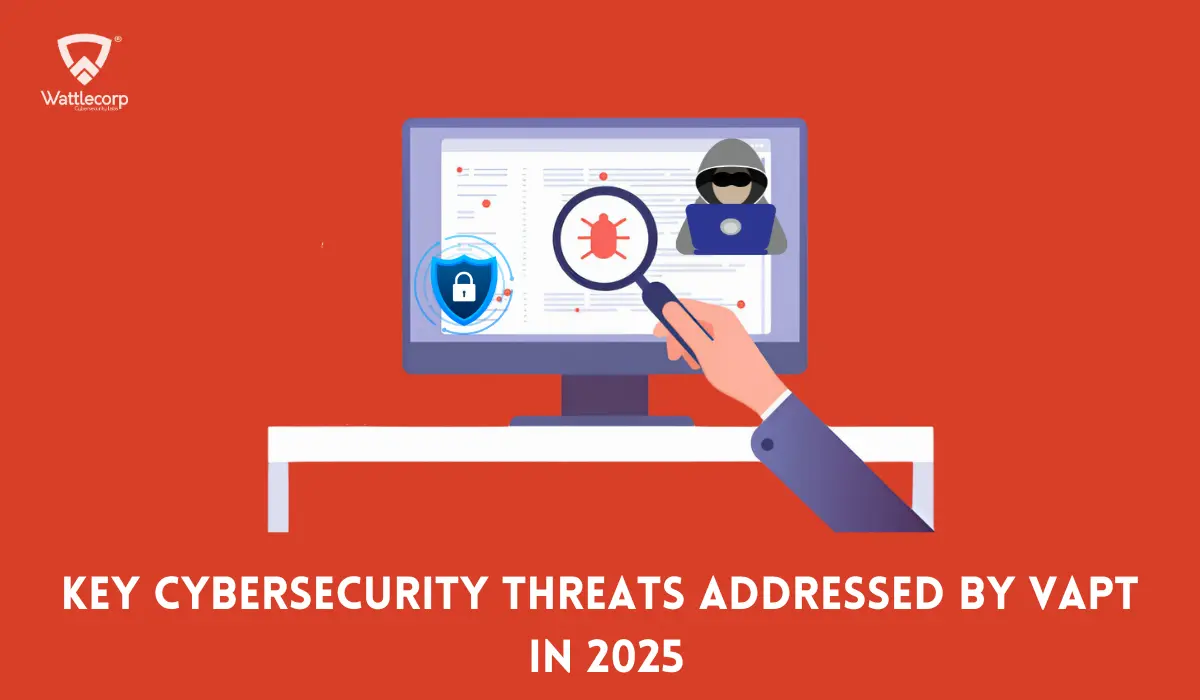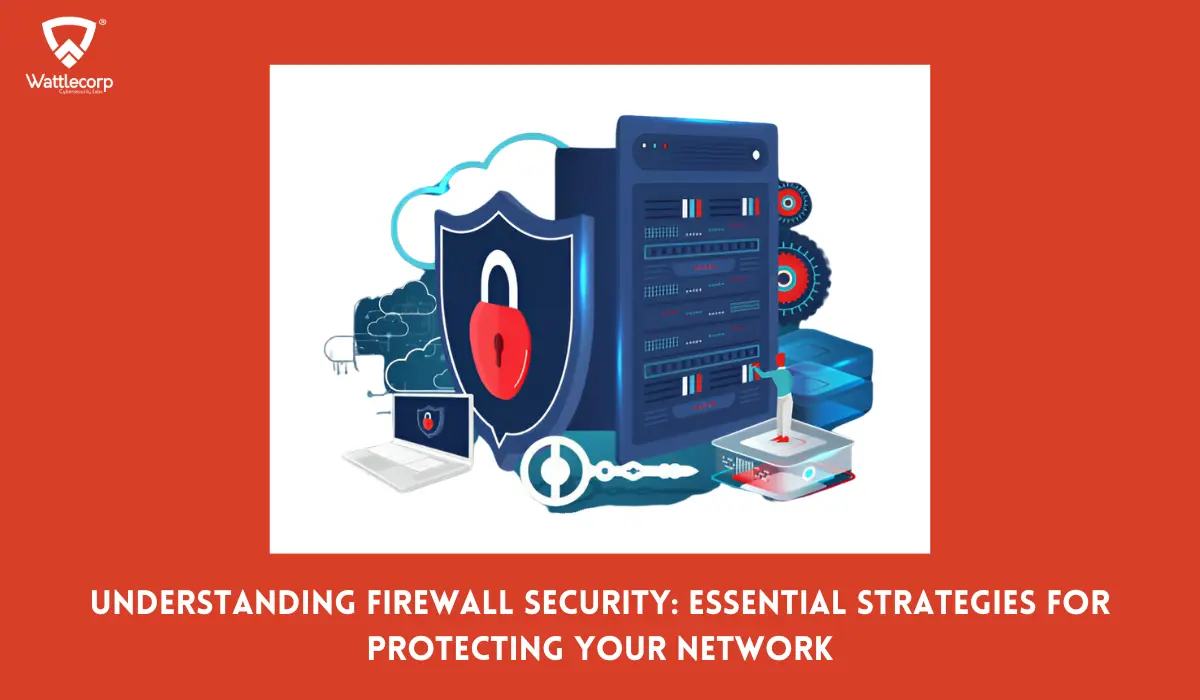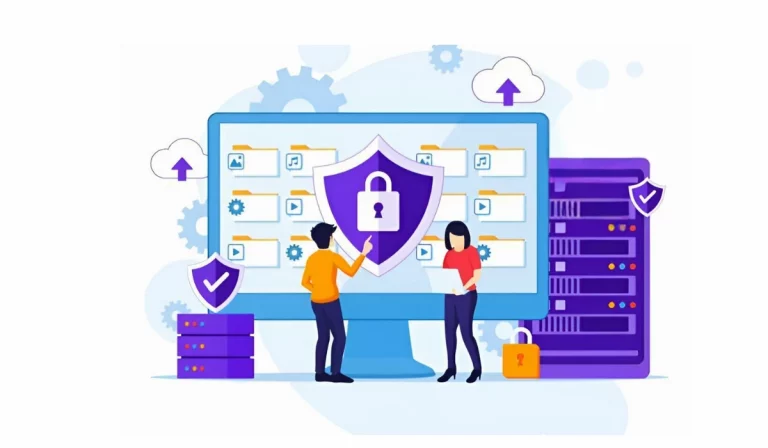Cybersecurity threat intelligence is one of the most evolving weapons businesses can use to combat potential digital hazards. Yet, many organizations are still confused about threat intelligence and how to adopt the right solution to keep their operations secure.
According to the IBM X-Force Threat Intelligence Index 2024, about 32% of cyber incidents involved data theft and leaks, which proves that most attackers preferred stealing and selling data instead of encrypting it for extortion.
As cyber threats take new spheres, a lack of understanding about threat intelligence could be detrimental, making it more sophisticated.
So, what is cybersecurity threat intelligence and how does it help bolster the security posture of an organization? Read this blog to explore cybersecurity threat intelligence and its key facets.
Table of Contents
Toggle- What is Threat Intelligence in Cybersecurity?
- The Importance of Cyber Threat Intelligence
- How do we use threat intelligence to improve cybersecurity?
- Threat Intelligence Lifecycle
- Who Benefits from Threat Intelligence?
- Types of Cybersecurity Threat Intelligence
- Things to Look for While Building a Threat Intelligence Program In Your Company
- Final Note
- Frequently Asked Questions (FAQs)
What is Threat Intelligence in Cybersecurity?
Cybersecurity threat intelligence is simply defined as actionable information against cyber threats. This data reaches the security experts after data processing and classification based on reliability. Security analysts investigate the threats in detail with the help of secondary data collected from trusted cybersecurity threat intelligence sources.
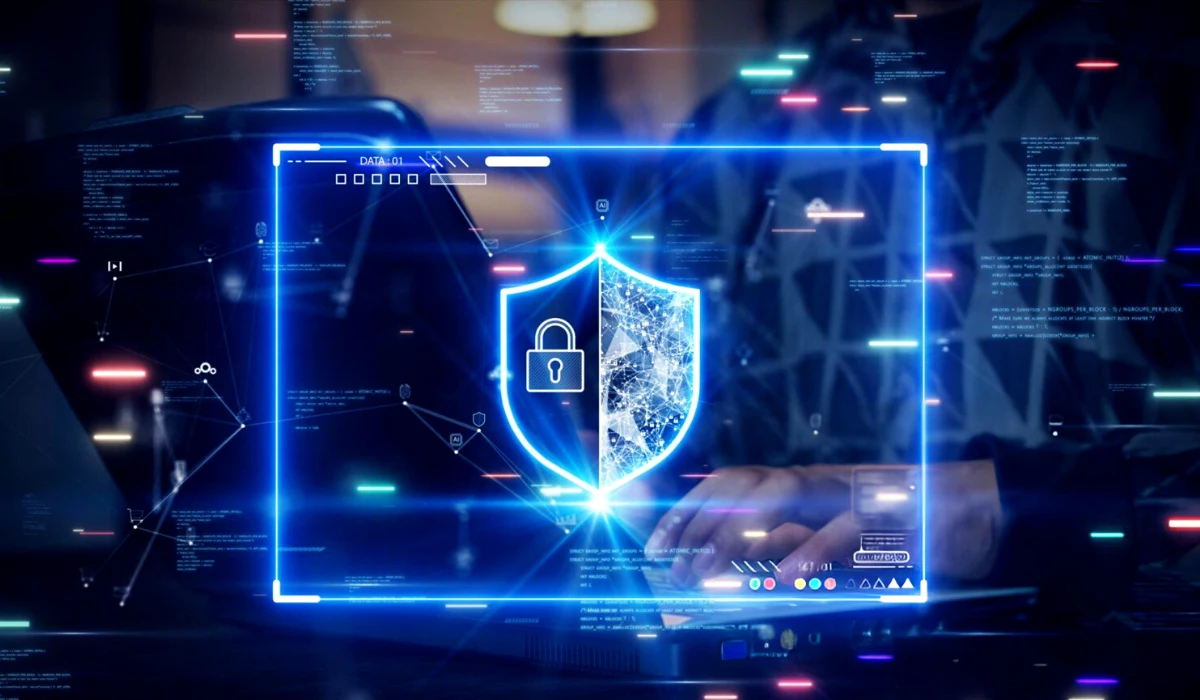
Cybersecurity experts observe the potential threats and the sources of attacks caused by malicious actors using threat intelligence. It helps minimize the risk and impact of cyber attacks, thereby supporting businesses to analyze potential attacks and frame countermeasures to mitigate these vectors.
With cybersecurity threat intelligence, your team can prevent cyberattacks through data analysis about attackers, their capabilities, and the possible consequences of the action.
The Importance of Cyber Threat Intelligence
Cybersecurity tools are ineffective when they don’t understand which threats to watch out for and how to face them with the advanced practices or procedures that light up operational intelligence.
With cyber threat intelligence, cybersecurity system administrators gain the knowledge of how to form an efficient plan that keeps the network secure.
On certain occasions, the components of data that devices leverage to enhance cyber intelligence help act against the threats automatically. Organizations often rely on Advanced Cyber Security Services in India to integrate real-time threat intelligence into their security operations.
In other instances, cybersecurity threat intelligence is an integral part of IT security professionals and network administrators to identify which threats pose high risks, how they attack, and how to confront them.
By investing in cybersecurity threat intelligence, businesses can understand the threat data based on the technical data that lists numerous threats.
When this powerhouse of data is processed by automated systems or security teams, the safety profile of the businesses is considerably enhanced. This operational intelligence strategy enables analysts to develop actionable insights.
Common Indicators of Compromise (IOCs)
Cybersecurity threat intelligence and analysis systems might pick up certain IP (Internet Protocol) addresses that appear suspicious, URLs (Uniform Resource Locators), or domain names which are the aspects commonly used to attack businesses. When an endpoint interacts with one of the IP addresses or assets, it means the network is compromised. Accessing certain email subjects, email addresses, attachments, and links, can also mean that the system is compromised.
Some IP addresses, file hashes, file names, registry keys, and DLLs (Dynamic Link Libraries) are also IOCs; i.e.; common Indicators Of Compromise. Cybersecurity analysts can maintain a database of IOCs and other tools that the threat actors leverage and further filter out the dangerous sources of communication, network activity, etc., to uphold the security stance of your organization.
Data Vs. Intelligence
An effective cybersecurity intelligence system makes a detailed comparison between threat intelligence and threat data collection to prevent the action of attackers. Cybersecurity threat intelligence includes data collection and data processing that can analyze, stop, and mitigate potential threats.
Data collection proves its worth only when it is analyzed in the context of intelligence. The analysis explains operational intelligence aspects such as the weakness in the network, imminent types of threats, and different source threats, this information is collected and deployed into a cybersecurity threat intelligence and analysis system
Precisely, data collection is one of the pillars of cybersecurity threat intelligence. With the right threat intelligence tools, cybersecurity professionals can use the data feeds and technical details of the network and business to frame a full-fledged protection plan for the organization.
How do we use threat intelligence to improve cybersecurity?
Cybersecurity threat intelligence strategy requires detailed planning with tools, techniques, and strategies combined with periodic and documented reviews to ensure that the plan is effective. While developing the cybersecurity threat intelligence strategy, you must consider the threat intelligence capabilities, and the structure of the program, which also includes gaining support from various departments within the organization.

Adopting a proactive approach to intelligence through cyber intelligence tools, vulnerability management, software, and in-depth remediation instructions helps businesses identify vulnerabilities, develop security risk ratings, and analyze threats discovered on networks, devices, and other IT systems. This proactive approach is central to continuous security testing services in India, enabling organizations to identify vulnerabilities, monitor threats, and implement preventive measures to safeguard their infrastructure.
Threat Intelligence Lifecycle
By offering a cyber security threat intelligence framework, the threat intelligence lifecycle involves a transformation of the unorganized security data into actionable and highly organized intelligence enabling organizations to make informed decisions.
Building a threat intelligence strategy can result in challenges as the threats involved are dynamic, to which organizations should adapt accordingly. Let’s explore the six basic stages of the intelligence lifecycle that enable teams to respond to complicated threats and effectively optimize the resources.
1. Requirements
This stage offers a roadmap to carry out threat intelligence operations. It involves crucial planning when teams agree on the goals and methodologies of the threat intelligence program. The following aspects can be identified in this phase:
- Attackers: who the attackers are and their intention;
- Attack surface: the areas which are most vulnerable to attack;
- Mitigation and prevention: the measures specific for proactive defense against future attacks.
2. Data Collection
Once the security team defines the requirements, the next step is to start gathering the information required to meet the particular objectives. The team does this search in traffic logs, public data sources, social platforms, forums, and from industry experts.
3. Data Processing
After gathering the raw data, the next step is to process it into the formats required for the analysis. The processing stage includes:
- Arrangement of data into spreadsheets;
- Translation of data from various formats and sources;
- Decrypting data;
- Evaluation of the reliability and relevance of the information.
4. Data analysis
After processing, the data is ready to be analyzed by the team. The analysis should be detailed and should address the concerns raised in the requirement phase. The security team converts the process data into actionable items and useful recommendations for the concerned stakeholders.
5. Distribution
This phase involves the translation of the analysis of threat intelligence teams to a readable format ideal for showing these to the stakeholders. The way the team exhibits the analysis changes based on the targeted audience— generally, the recommendations and observations should be concise and use basic language. The team can opt to distribute the analysis either in slide decks or short documents.
6. Feedback
The feedback stage is the last phase of the threat intelligence life cycle and the beginning of the next cycle. The team fetches the feedback from the stakeholders to include them in the intelligence report. It acts as useful information for the team to modify the threat intelligence program when required. The stakeholders would change their priorities, the way they wish to receive threat intelligence reports or the frequency in which they expect to receive the reports.
Who Benefits from Threat Intelligence?
Threat intelligence offers advantages to small, medium, and large businesses since strategic intelligence and analysis involve data processing and using it to develop a comprehensive understanding of the threats an organization encounters. Threat intelligence also lets organizations take swift and decisive actions to the incidents and stay proactive to move ahead of the attackers.
Here’s a breakdown of those who can benefit from a cybersecurity threat intelligence program:
- Information technology analysts or security teams to better prevent and analyze threats;
- SOC (Security Operations Center), to use threat intelligence and understand which incidents they must focus on to analyze the level of risk or how they impact the organization;
- Intelligence analysts can use cybersecurity threat intelligence to find and keep an eye on the threat actors that watch out for the organization’s information;
- Executive management to gain an in-depth understanding of the risks a company faces, the impact on operations, and how to manage them effectively.
Types of Cybersecurity Threat Intelligence
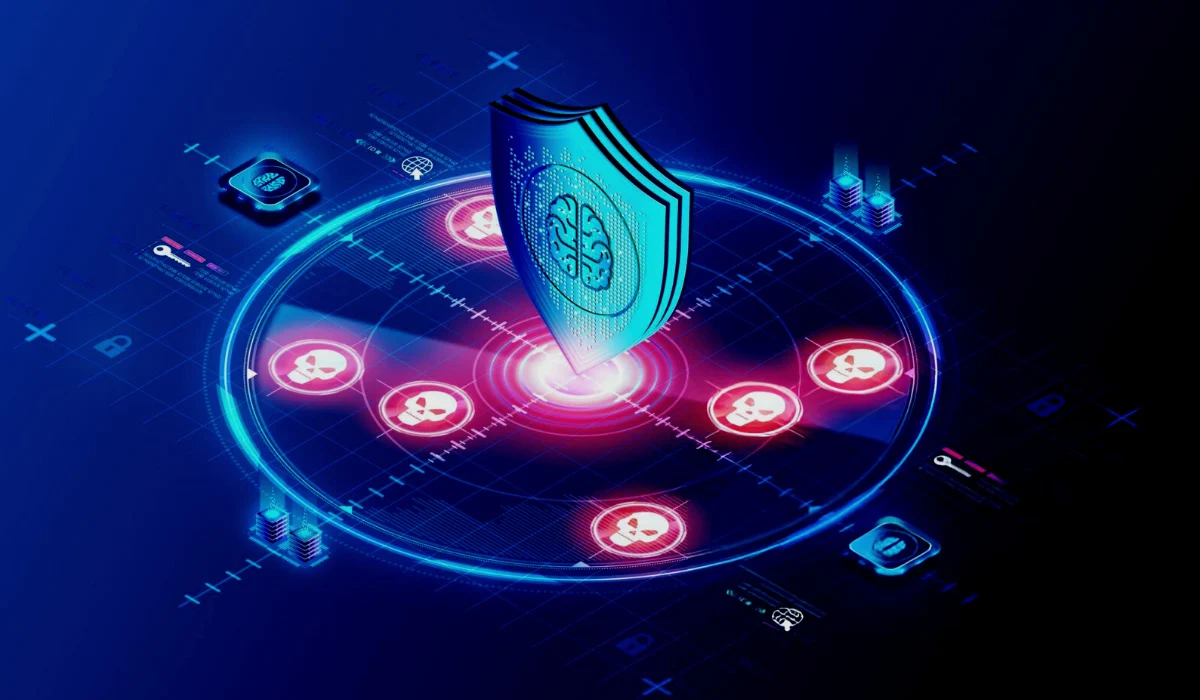
1. Tactical Threat Intelligence
Tactical threat intelligence is used by the Security Operation Centre (SOC) to identify and respond to the cyber attacks in progress. It usually focuses on the common IOCs —for instance, the IP addresses linked with command and control servers, file hash specific to identifiable ransomware and malware attacks, or email subject lines prone to phishing attacks.
In addition to supporting the incident response, filtering out the false positives, and preventing genuine attacks, tactical cyber threat intelligence is also used by threat hunting teams to analyze advanced persistent threats, and the attackers who are active, but hidden.
2. Operational Threat Intelligence
Cybersecurity professionals learn their adversaries, similar to a context where poker players learn the other players’ quirks to predict the next move of the opponents. Every attack involves ‘who’, ‘why’, and ‘how’.
- ‘Who’ is known as attribution;
- ‘Why’ is called intent;
- ‘How’ constitutes the TTPs (Tactics, Techniques, and Procedures) the threat actor holds.
Together, these aspects offer a context, the context provides relevant insights into how adversaries plan to perform and sustain campaigns alongside the major operations involved. This is called operational threat intelligence.
Cybersecurity aspects like incident response, threat monitoring, and vulnerability scanning are the largest consumers of operational threat intelligence. It helps CISOs (Chief Information Security Officers), CIOs (Chief Information Officers), and other IT security decision-makers to become more effective and proficient through the identification of threat actors likely to attack the organizations and respond with security controls.
3. Strategic Threat Intelligence
As a high-level intelligence, strategic threat intelligence pertains to the global threat landscape and the organization’s position within it. It gives the decision-makers like CEOs and other major executives, a detailed understanding of the cyber threats their organizations encounter.
Strategic threat intelligence usually emphasizes concerns like geopolitical situations, cyber trends within a particular industry, or the certainty of targeting the strategic assets of the organization. Stakeholders utilize strategic threat intelligence to keep the organization’s risk management strategies and investments aligned with the cyber threat landscapes.
Therefore, strategic threat intelligence helps teams make cybersecurity investments that help to protect their organizations and in adherence to the strategic priorities. It requires human data collection and detailed analysis as a report that demands an understanding of cybersecurity and the challenges of the world’s geo-political scenario.
Things to Look for While Building a Threat Intelligence Program In Your Company
Though cybersecurity threat intelligence is an inevitable part of cybersecurity to mitigate risks, you should implement a system that best fits your requirements. Regardless of the size or function of the organization, you need to consider a few components for a threat intelligence solution.

a) Ease of Access to Diverse Data
When you engage in collecting more raw data from a variety of sources, this is highly beneficial since every data collected from the right source can be utilized to defend a bad actor.
Threat intelligence and analysis that involves machine learning capabilities is also ideal since it directly influences the size and quantity of the datasets.
b) Machine Learning Advancements
Machine learning lets you recognize patterns and incorporate them into a threat intelligence solution to predict threats before they enter your network.
IT security experts can utilize machine learning-driven datasets to analyze and evaluate an array of threats, including Advanced Persistent Threats (APTs), malware analysis, ransomware, zero-day threats, etc.
c) Automated Intelligence
A cybersecurity threat intelligence program should involve automated responses to threats. Proactive engagement in dark web monitoring gives a strategic solution to dive into threat intelligence, helping organizations in threat hunting and cyber defense.
Nevertheless, cyber strategic intelligence adopts automated action steps after the threat is identified, facilitating high-end protection. Intelligence systems automatically protect the unaffected parts of the network and execute malware analysis in the sandbox environment.
d) Cross-Industry Support
An end-to-end cybersecurity threat intelligence and analysis solution includes insights from different professionals and businesses within the industry combined with those within the threat intelligence community. Information that relates to the types of landscape, threats, and the way they behave can be shared and the crucial information can be incorporated into a cyber intelligence program.
Certain threats are more likely to impact some of the industries than the others. Hence, you should have information that relates to the latest attacks, responsible software, and the malicious actors and how they have been defeated in the earlier stages. Cyber intelligence experts may also have access to information about how these threats have impacted similar businesses, the extent of downtime that has resulted from an attack, and the financial impact on the business.
e) Speed
The speed with which a cybersecurity threat intelligence program responds to threats is an inevitable factor in its success and essential to maintaining the efficiency of the intelligence life cycle. A matter of short time can make the difference between a minor disturbance and an expensive attack when tactical intelligence is utilized effectively.
A fast response helps the easy detection of threats and analysis of intelligence information. This can help to quickly put threat intelligence data into work and prevent the next attack. A fast response needs to be an accurate one, hence, an appropriate cyber threat intelligence system can identify the threats with a lower possibility of causing significant damage.
f) Ease of Integration
Integrating cybersecurity threat intelligence systems should be easy to execute and relatively simple. While catering to the needs of every organization, it needs time and careful consideration, while making sure that the cybersecurity infrastructure is coherent with your network.
Cyber threat intelligence data collection should be accessible through a common dashboard. In the case of a customizable dashboard, the administrators can dictate who exercises access to what data.
Final Note
Cybersecurity threat intelligence has evolved to become a significant factor that safeguards the critical assets of an organization through a proactive approach toward ensuring security and prompt decision-making capabilities. Implementing Cybersecurity Solutions for Businesses in India can help organizations effectively leverage threat intelligence and stay ahead of emerging threats in the evolving digital landscape.
With timely actions and insights to act against emerging threats, cyber threat intelligence helps organizations protect their digital infrastructure and uphold the security posture.
If you are looking to leverage the capabilities of the threat intelligence program with the latest technologies and industry best practices to stay protected amidst the evolving threat landscape, let’s talk!
Frequently Asked Questions (FAQs)
1. How do threat data and threat intelligence differ?
Threat data is unprocessed and raw information about the possible cyber threat that has been collected from different ranges of sources like network, traffic, security, logs, and system events. It is typically unstructured and does not provide any actionable insights.
However, threat intelligence is the advanced form of cyber security threat analysis. It involves data collection, analysis, and interpretation from various sources to offer actionable insights on how to protect organizations against potential cyber threats through various strategies.
2. How can threat intelligence help me detect attacks early?
Threat intelligence depends on advanced analytics and modeling methods to drive insights into the future behavior of malicious attacks. Through identification of the patterns in previous cyber-attacks, security teams become capable of anticipating new threats before they occur. It helps security teams to be more proactive with measures to detect and respond to attacks faster.
3. Can I build my own threat intelligence capability or should I outsource it?
Employing an in-house team for threat intelligence solutions could be time-consuming and involve a lot of investment. The decision to outsource a SOC is quick and effective to implement and manage compared to building in-house. By outsourcing threat intelligence capability, you can reduce the cost of hiring an entire team in-house, minimize the complexities, and make cybersecurity threat analysis more efficient.
